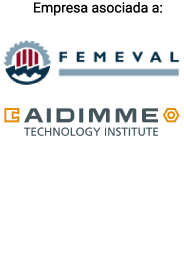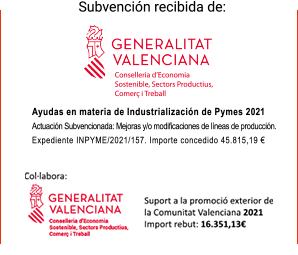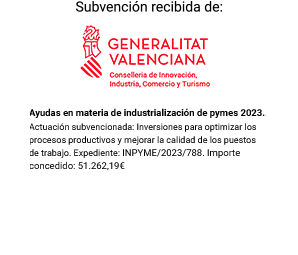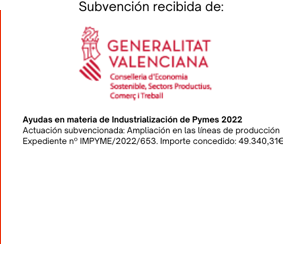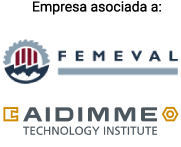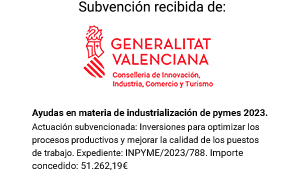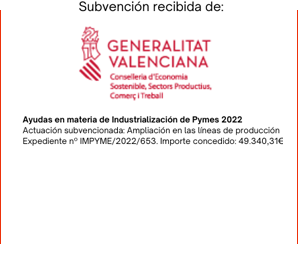¿Necesitas un lijado de precisión sin dañar superficies delicadas? Descubre las ventajas del disco de espuma estándar...
}Particleboards or chipboards and fibreboards or MDF are products derived from wood that in recent years have experienced great growth throughout the world.
These boards are made of dry wood particles or fibers mixed with adhesive and compacted under pressure at high temperatures. The result is a panel of large dimensions, with uniform thickness, dimensional stability, economical, light and resistant.
We can say that the smaller the size of the fibers, the greater the degree of uniformity of the panel, but on the contrary, the lower its resistance as they are very homogeneous layers.
Particleboard or chipboard
Main characteristics to consider
Particleboard or chipboard is the most common of the products derived from wood thanks to its versatility and wide range of applications.
It is made up of different layers of particles; the thickest ones are placed in the nucleus, and as we get closer to the surface, the particles become thinner and smaller, forming a denser and more compact surface.
In general, particle boards are considered unsightly surfaces and are usually covered with different materials: veneer, melamine, laminate, plastic, paper, etc. Both sides are generally coated to prevent warping. These coatings not only improve the surface properties of the board but also its rigidity and resistance. The most common type of coated particleboard is one with a melamine surface.
Among the main advantages, particle boards have a low cost, their weight is light, their faces are smooth, and their degree of resistance is the same in different directions. On the contrary, its resistance is low and it cannot withstand heavy loads, it is affected by liquids and environmental humidity and its edges are very rough so they are rarely treated or profiled, they are generally covered with solid wood.
Finishing work on particleboard
From a finish point of view, the surface of the chipboard is rough and porous due to the nature and size of its particles; and the multiple gaps between them.
These boards need to be sanded previously to obtain a smoother surface and prepared for later treatments or finishes.
Due to its porosity, the use of fillers or primers is required, as well as sanding the surface before applying the finish coat. This is done to get a good anchor between the board and the applied finish. Adhesion can sometimes be diminished by the presence of chemicals, waxes, dyes and oils used during the manufacture of the board.
Fiberboard or MDF
Main characteristics to consider
The fibreboard or MDF is the product derived from solid wood with better technical properties and conditions to replace it, therefore its consumption has skyrocketed in recent years.
Fiberboard, or MDF, is composed primarily of small, medium-density, dry wood fibers mixed with adhesive and pressed at high temperatures.
There are different types of fibreboard depending on their density: high density, medium density, compact and light. High density or HDM boards stand out. These panels are manufactured in the same way, but using finer wood fibers compacted at higher pressure. As a result, boards are harder and resistant to scratches, with hydrophobic or fireproof characteristics when required.
Fibreboards have many advantages: they are cheaper than plywood, have high mechanical resistance and offer high quality for lacquering or painting. By contrast, these boards are heavier than plywood, weaker than solid wood, and easily clog tools.
Finishing work on fibreboard
From a finishing point of view, fibreboard has very good properties, since its faces are very smooth and soft, shiny and have a uniform texture. They are panels suitable for lacquering, being able to even print on them.
Unlike wood, it is a homogeneous and compact material both longitudinally and transversely; which does not condition the direction in which the sanding operation is carried out. Also, the edges of the MDF board can be well outlined and finished with ease.
High density fibreboard must be sanded to achieve good intercoat bond.
Sanding technique
In general, and as these are completely flat pieces of large dimensions, the sanding of these boards is carried out on contact or flat sanders.
The sanding pressure exerted on the pieces should be medium, avoiding sharp material tears that could weaken the outer face of the board, which is much more compact and smooth than the inner layers.
As far as the abrasive belt is concerned, they can be with paper or rigid cloth support, and it is recommended to use abrasive belts with silicon carbide mineral. This mineral is the most suitable given that it has a high hardness capable of penetrating and breaking the amalgam of fibers and resins compacted by pressure at high temperatures. This mineral provides great performance during sanding operations.
On the other hand, silicon carbide mineral generates surfaces with a high quality finish thanks to the pointed shape of its grains, whose edges are sharp, generating fine and shallow scratches, which translates into a better surface finish.
Another characteristic of the silicon carbide mineral, which makes it suitable for boards derived from wood, is the friability of its grains. During sanding, as the grains wear, they break, generating new cutting edges and allowing a higher performance of the abrasive with a high quality of the scratched surfaces.
The most common grains for working with chipboard or fibreboard are:
Grains 100, 120 and 150 for intermediate-fine sanding
Grains 180, 220 and 240 are designed for the final finish before varnishing or lacquering. In this final phase it is recommended not to do any grain jump and to use consecutive grains scaling.
The material removal capacity of these grains is:
Grain 100: 0.30 - 0.40 mm
Grain 120: 0.20 – 0.25 mm
Grain 150: 0.10 – 0.15 mm
Grain 180: 0.05 – 0.10 mm
Grain 220 -240: 0.03 – 0.05 mm
For a good calibration of the thickness of the panels, it is recommended that the first group of the flat sander be a steel or hard rubber roller (90 shores). For subsequent sanding groups, it is advisable to use groups with a skid, with a medium-high hardness. The recommended graphite fabric for this group is the HD reference.
Regarding the speed of the abrasive belts, high speeds are recommended, between 15 and 22 m/s. We must avoid sanding with excessive pressure so as not to generate a greater amount of repelling on the surface, and therefore a rough appearance in the finish.
At Abracom we have more than 35 years of experience in abrasives for the wood industry. We have a specific range of products for sanding wood and its derivatives: boards, melamine, veneer; as well as for sanding varnished, printed and solid surface surfaces.





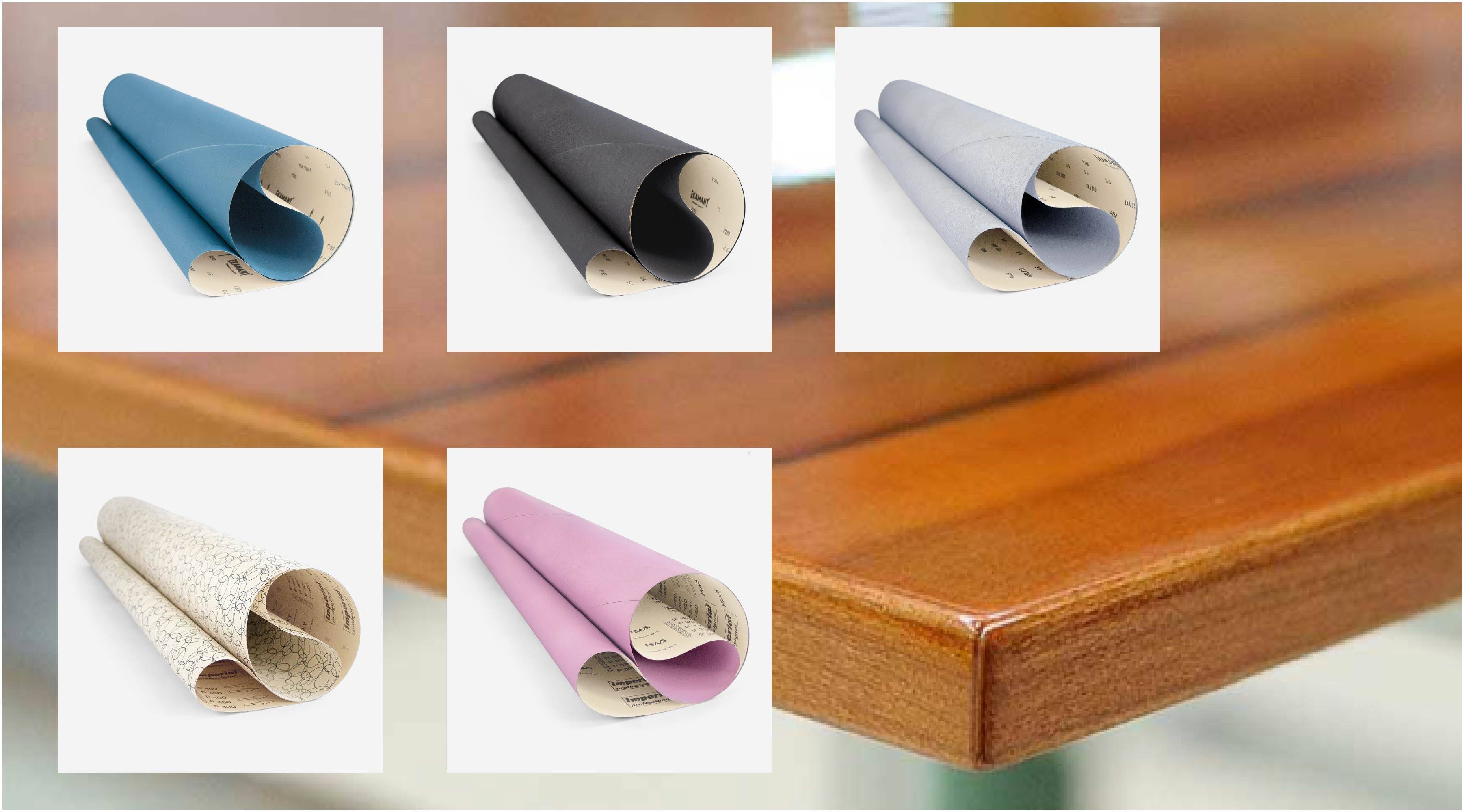
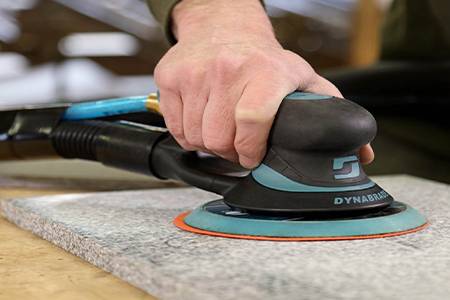
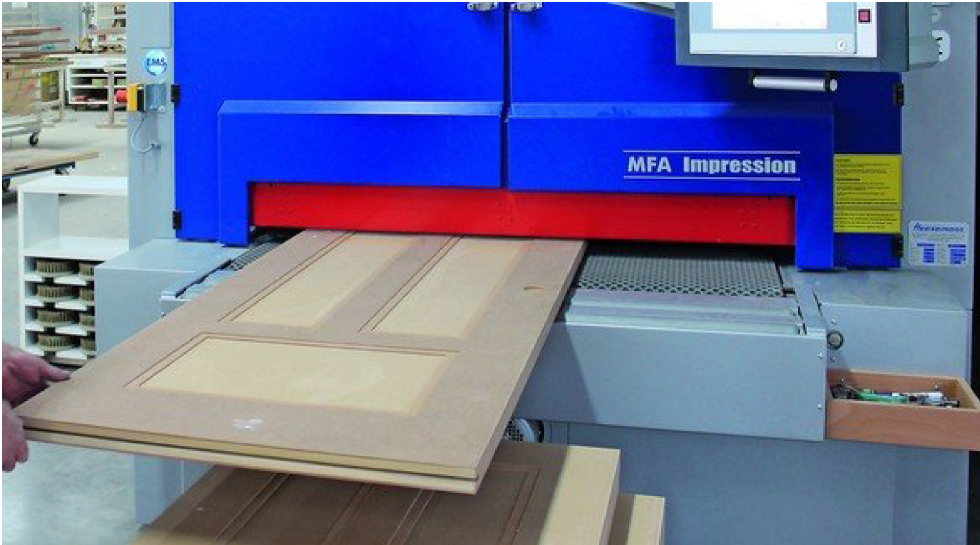
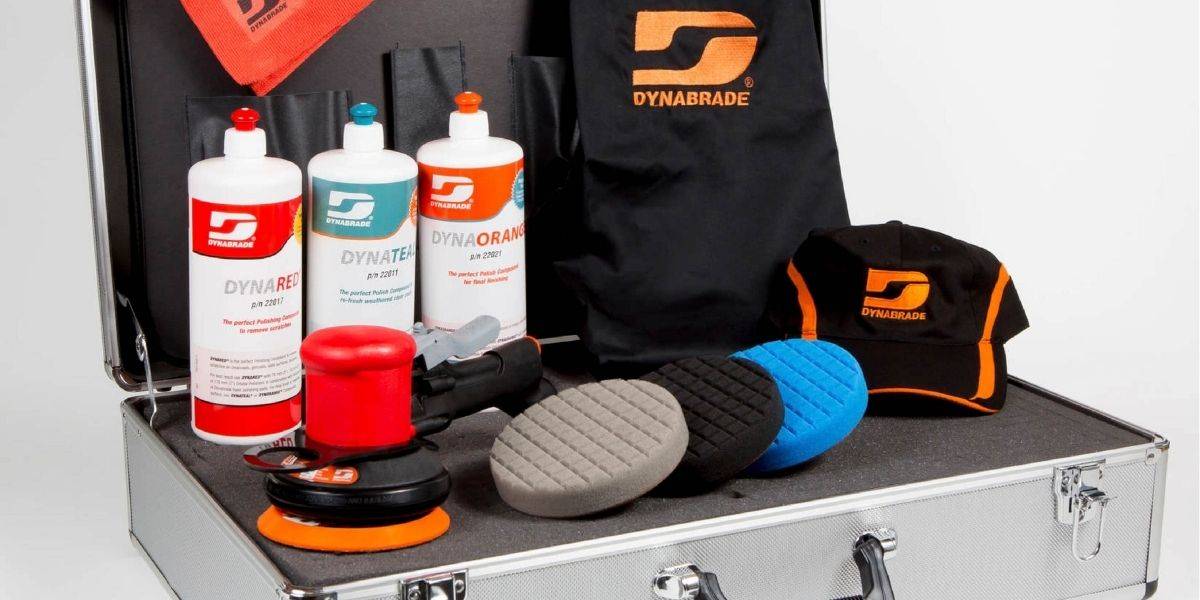
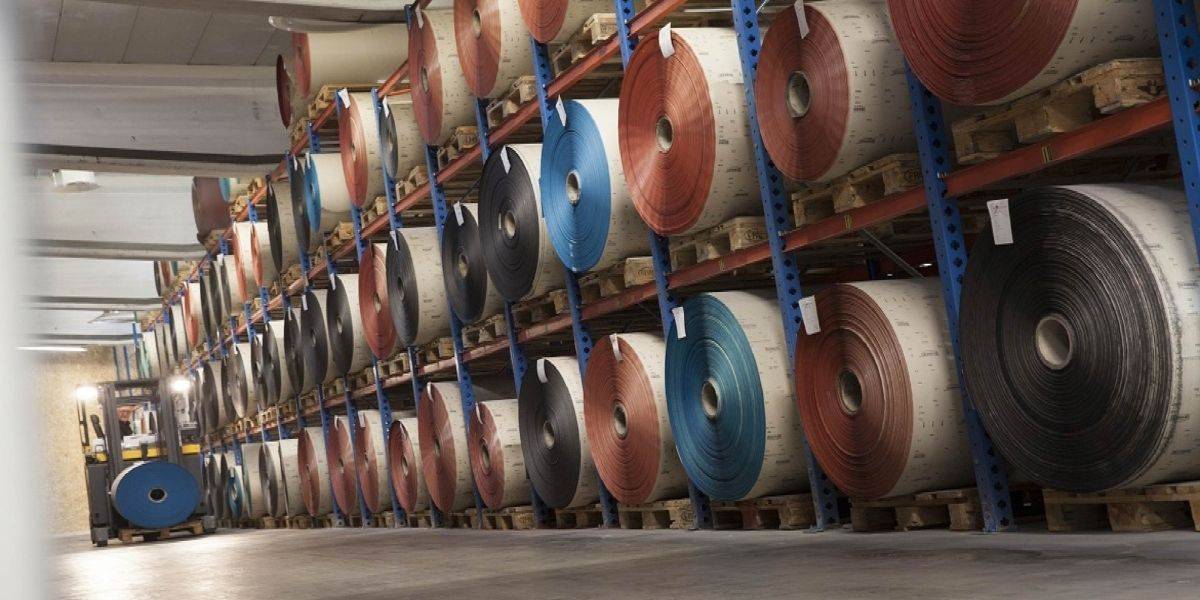
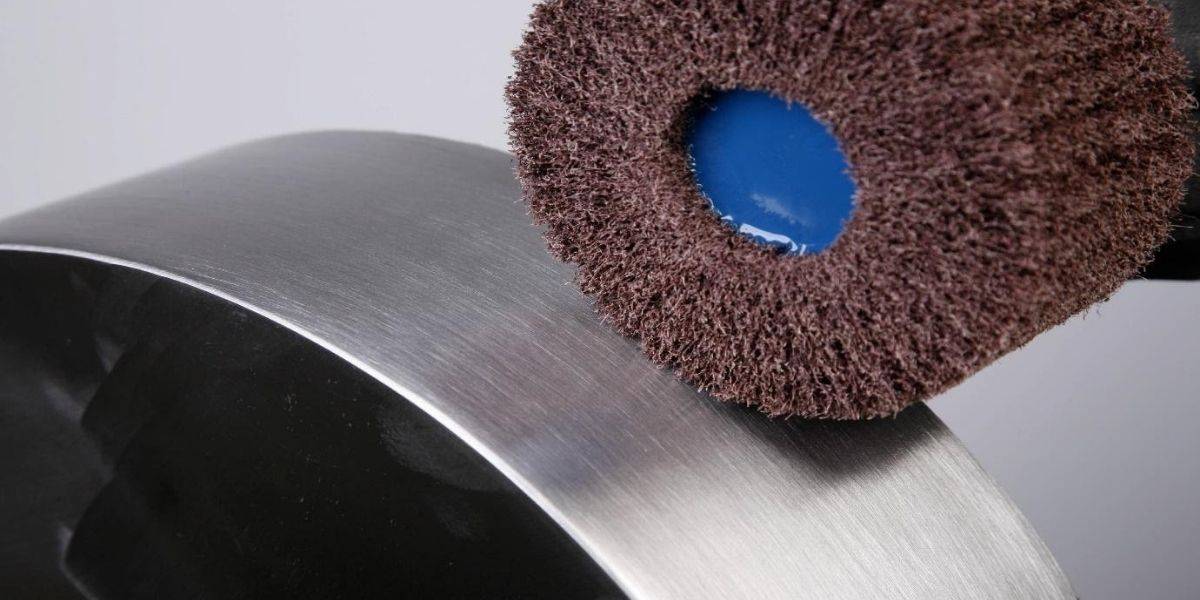

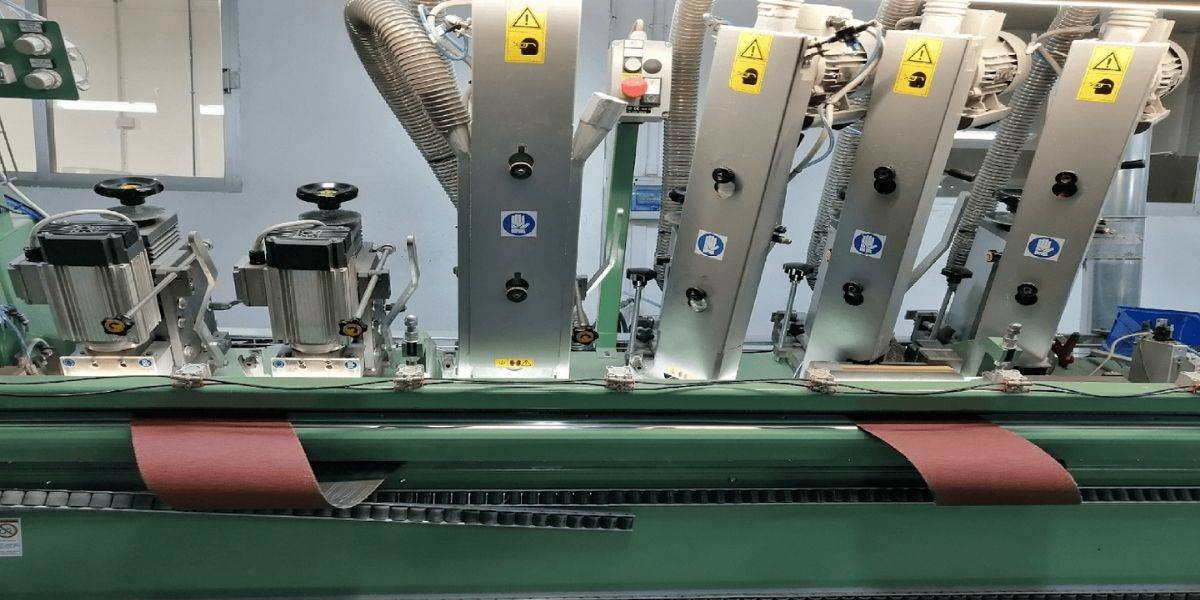
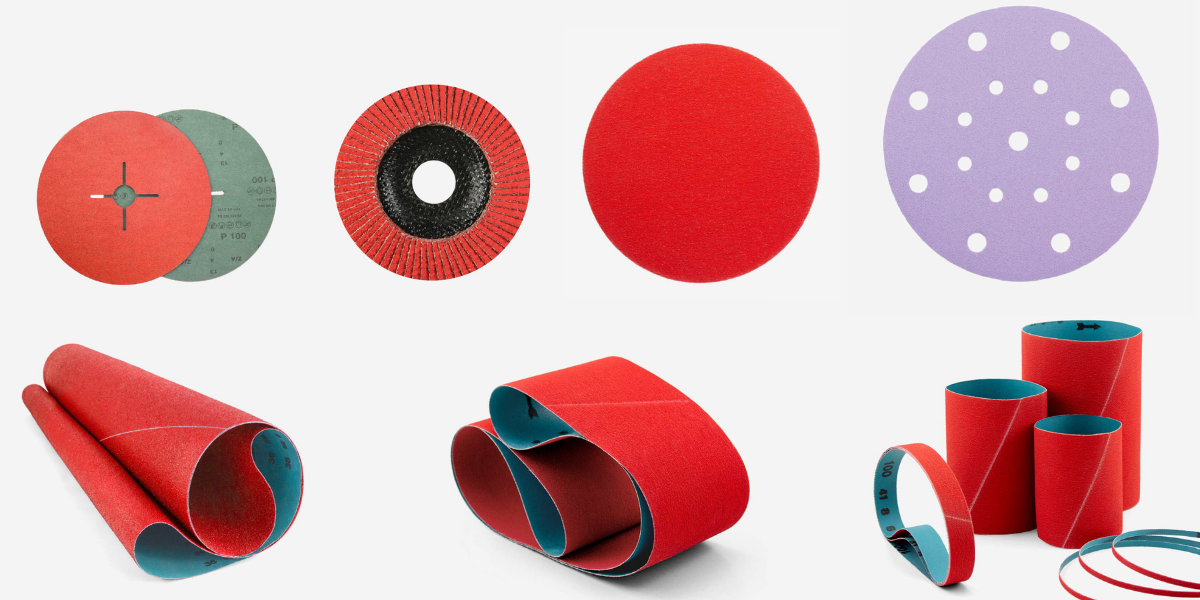

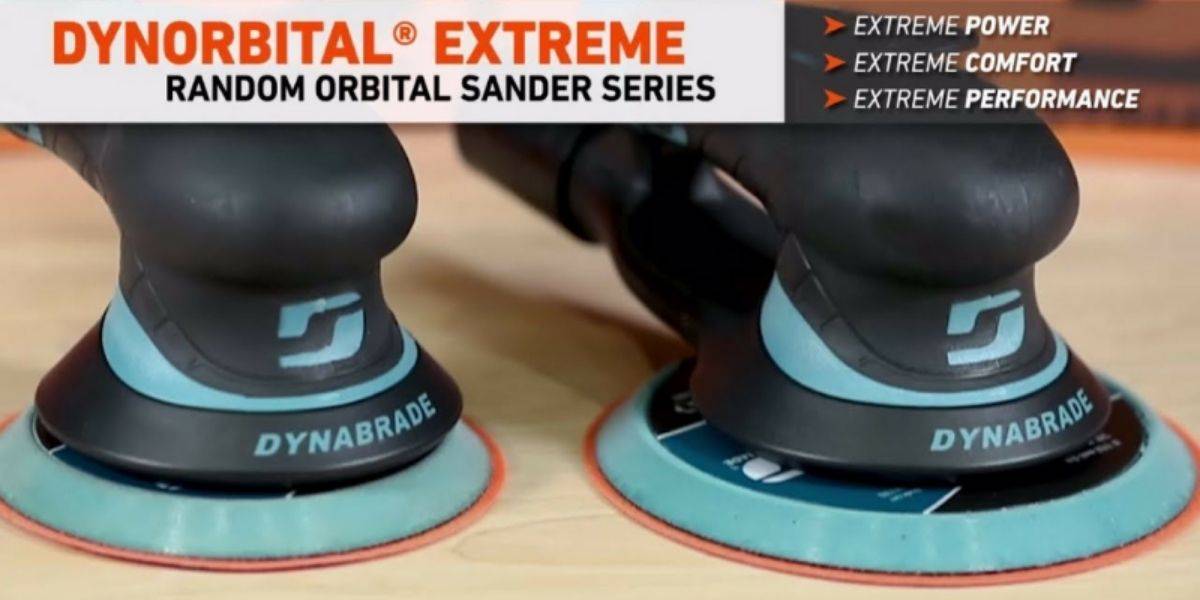
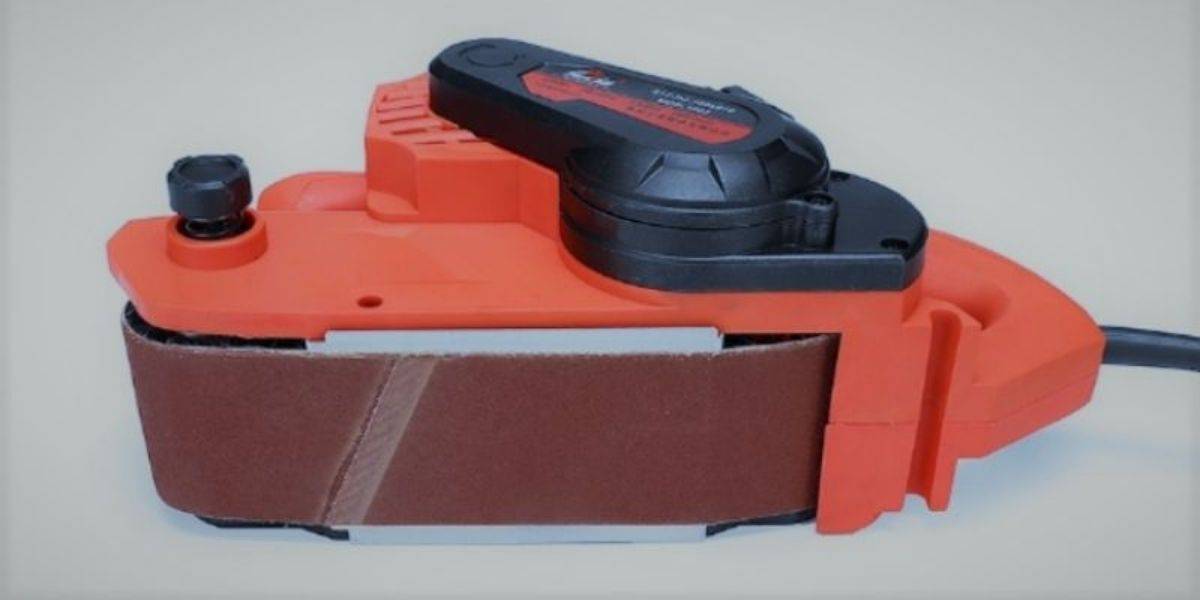
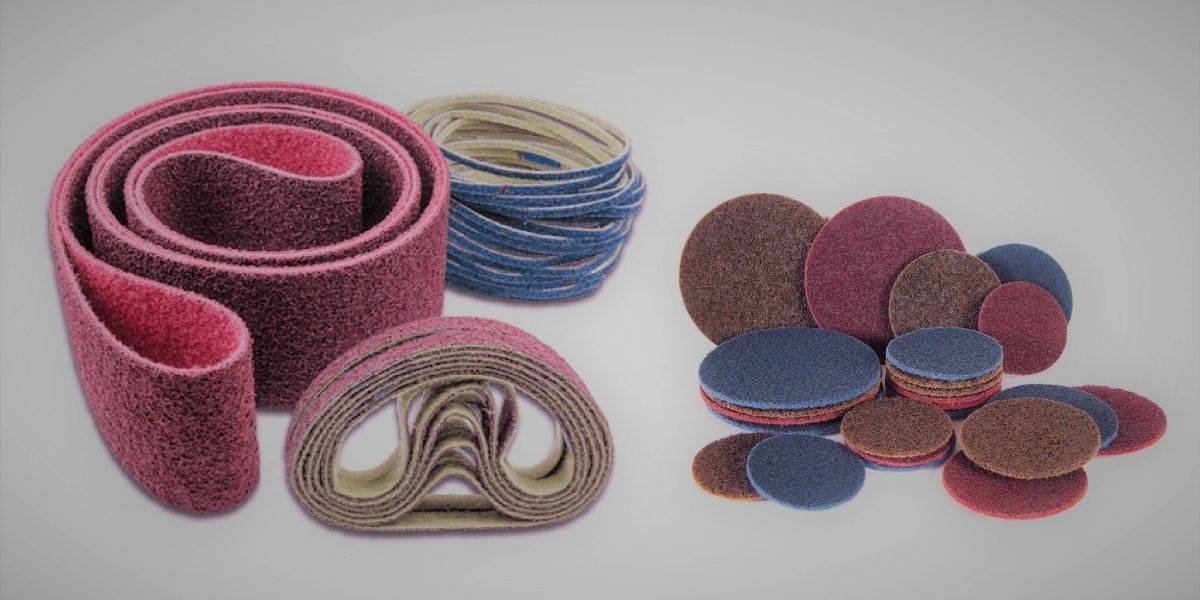
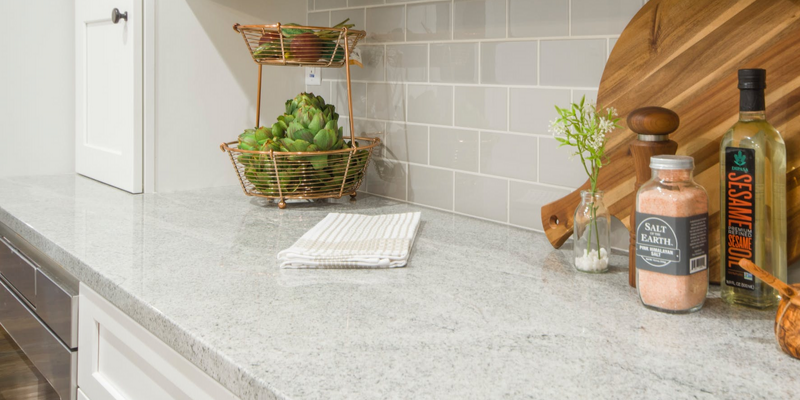
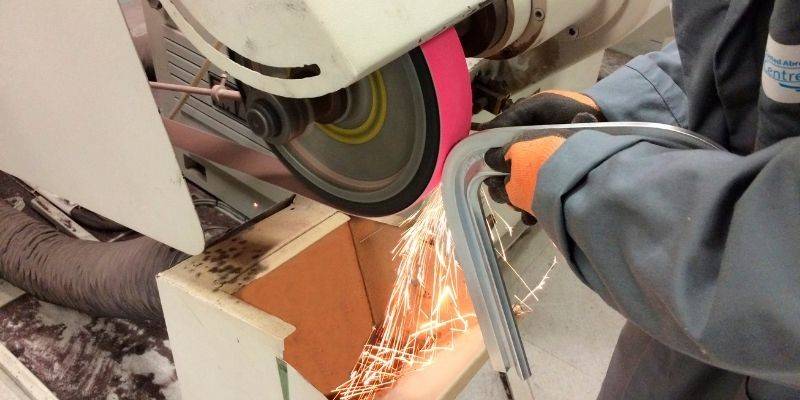
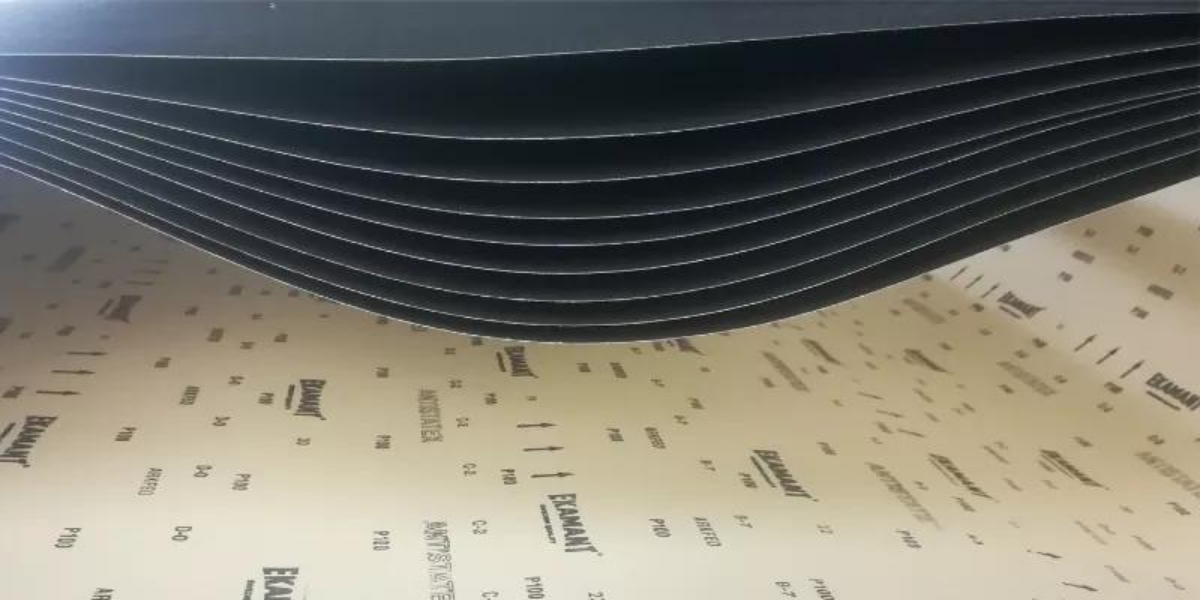
.png)
.jpg)
